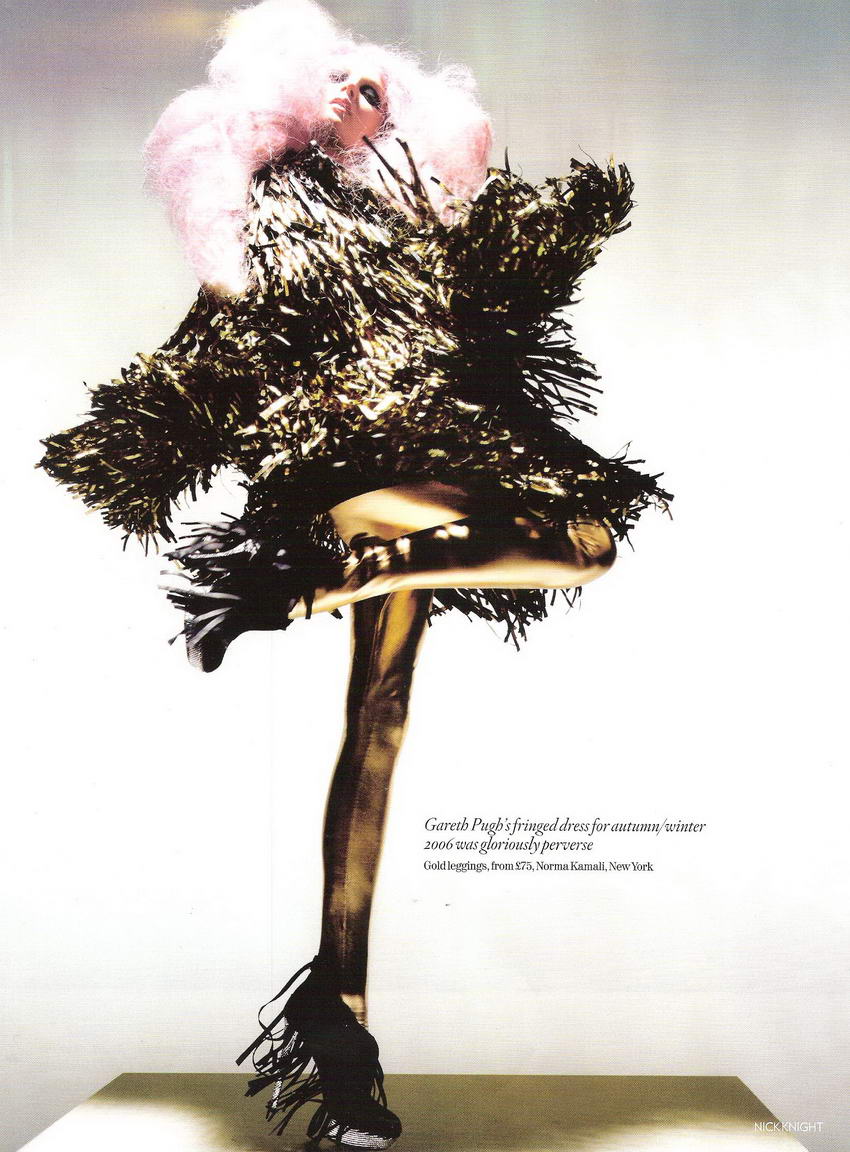Who is he?
Richard Avedon
DOB?
What work has he done?
"His fashion and portrait photographs helped define America
He started in 1942 taking photos of the crew of the merchant marines with a Rolleiflex Camera.
He was then discovered by Harpers Bazaar in 1944. In 1946, he set up his own studio and started shooting for Vogue and Life as well as other magazines. In his time he has worked with subjects such as Brook Shields, Electric Light Orchestra and The Beatles and worked with and for companies such as Versace, Calvin Klein, Vogue, Revlon and The New Yorker.
Laura Wilson served as his assistant during the shoot “The American West” where Avedon used a large format camera to capture beautiful images in their rawest form.
His fashion photography focuses on the awkward and unusual forms that a body can take.
I particularly like this image of Kate Moss. The way it has been edited puts a distinct flatness to the image while also adding a sense of depth. His work has made a clear transition from that he produced in the 50's to that he was producing in 2004. New technology has allowed to create images that would have been much more difficult to portray in the past.
For example, the image below is part of one of a series of strange and abnormal images involving a skeleton;
Taken digitally, the background was probably layered into the image using software such as photoshop. The same effect would be possible on a film camera, but detailed and time consuming layering of negatives and various exposure times would have had to be used.
In 1979, Avedon embarked on a new venture - taking over 100 shots of the American West - which involved average Joe's that caught his eye. A controversial shoot, it didn't hinder Avedons career.
Avedon's assistant Laura Wilson published a book about the happenings and progressions of this project. in 2003.
It would be an ideal medium for close up shoots on fashion accessories such as hats, fascinators and masks.
It's also a good reference to location shoots, showing that a location can be more than just surroundings already there. If I wanted to shoot on location I could make my own backgrounds and sceneries to add to the image.






































